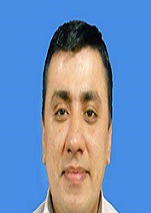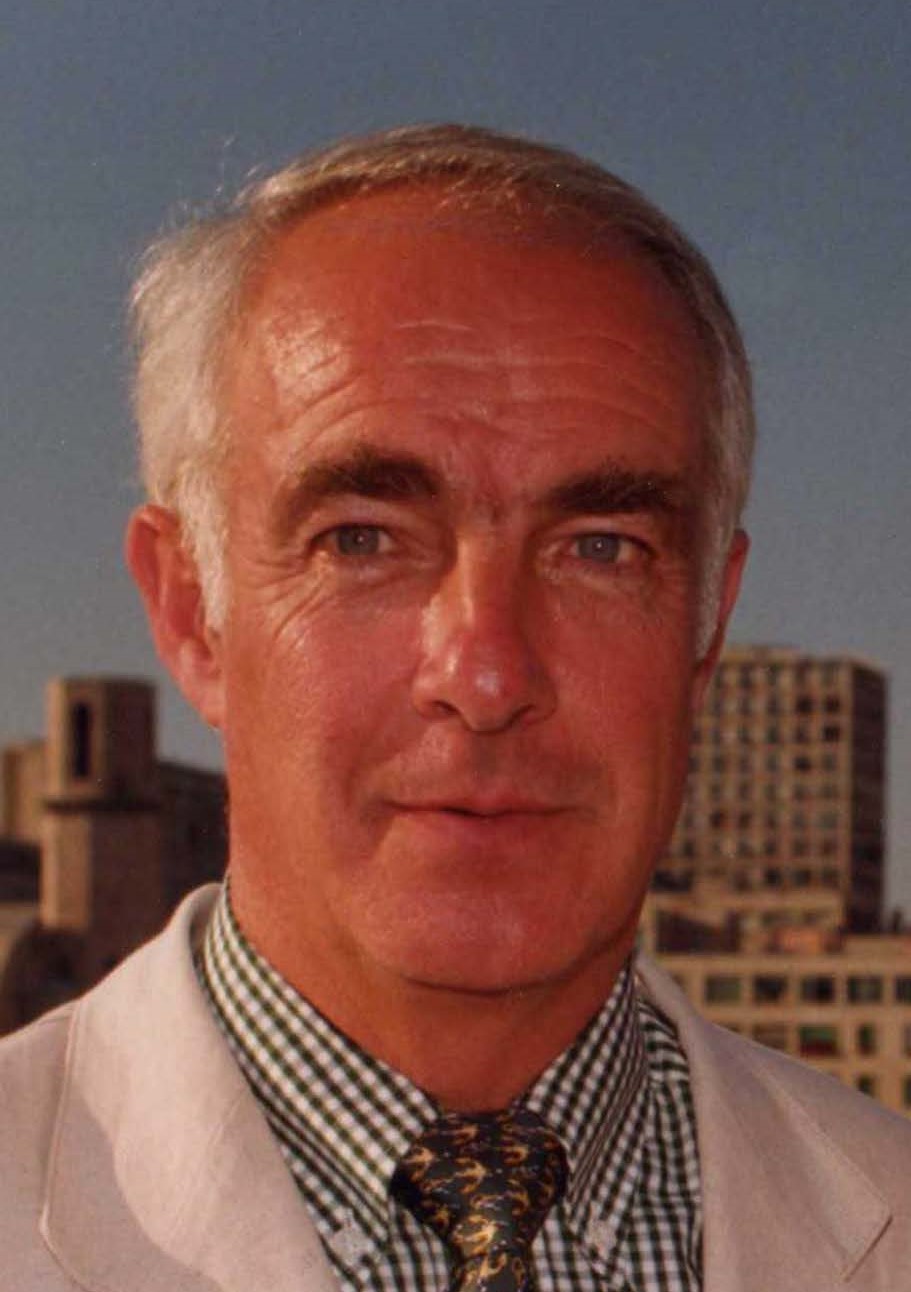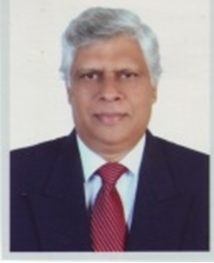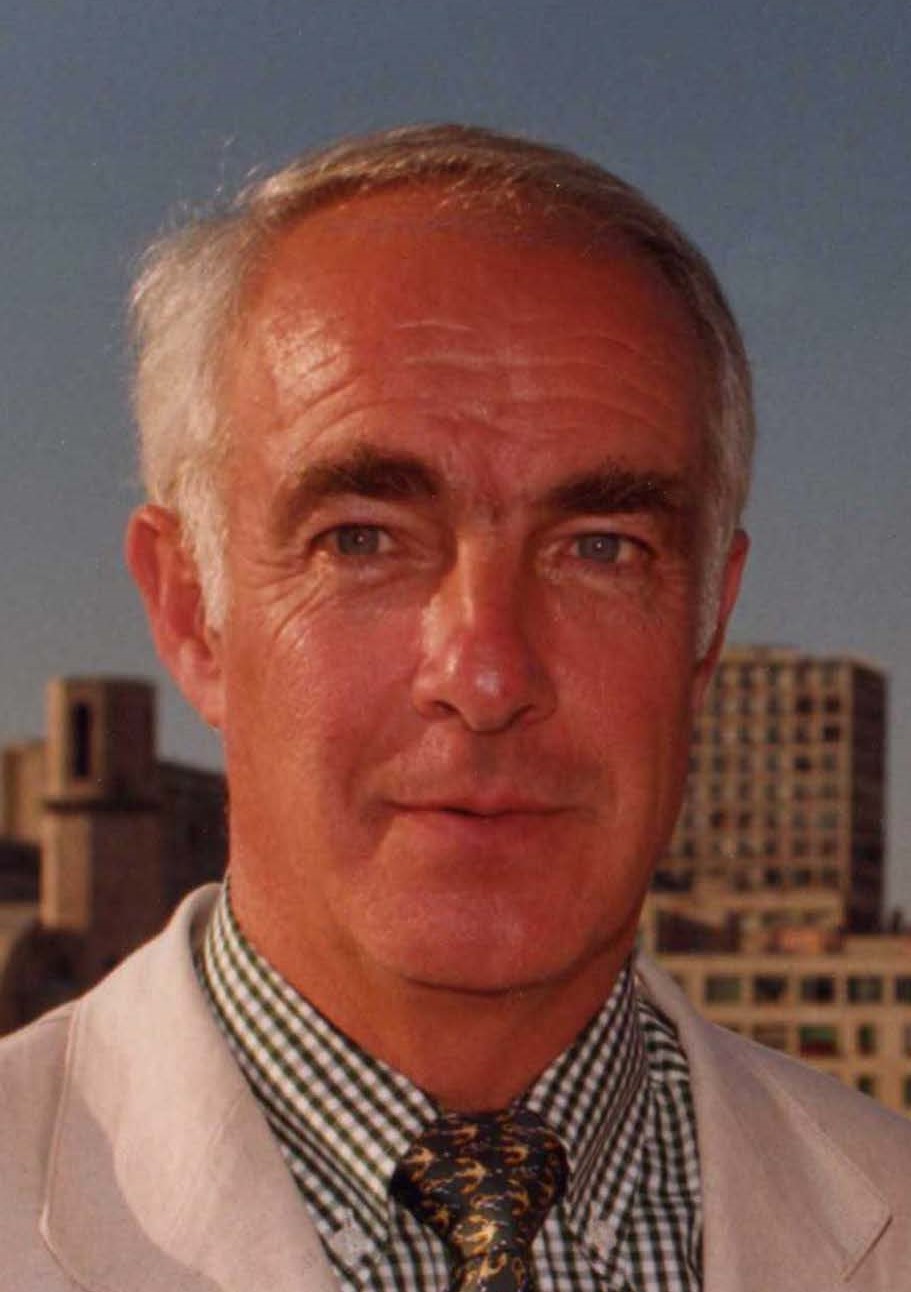Day 1 :
Keynote Forum
AnneMarie Clements
Anne Clements & Associates Pty Ltd, Australia
Keynote: Re-establishing sustainable coastal protection by mimicking natural processes

Biography:
Abstract:
Keynote Forum
Miguel De Luque Villa
Universidad de Cundinamarca, Colombia
Keynote: Modeling Escherichia coli die-off rate in submarine outfall systems

Biography:
Abstract:
Keynote Forum
Nasir Soomro
Energy Department Government of Sindh, Pakistan
Keynote: Dangers of the Indus River Delta of Arabian Sea, Pakistan
Time : 13:45-14:30

Biography:
Abstract:
Keynote Forum
Michel Denis
Université d’Aix-Marseille, France
Keynote: Recent advances in the in situ automated high-frequency observation of marine microorganisms at the single cell level to address their spatial-temporal dynamics
Time : 14:30-15:15

Biography:
Abstract:
- Physical Oceanography | Fisheries Oceanography | Marine Geology and GIS Application | Marine Pollution | Marine Ecology | Marine Biology | Marine Chemistry | Coastal Ecology
Location: Dallas

Chair
Michel Denis
Université d’Aix-Marseille, France

Co-Chair
Miguel De Luque Villa
Universidad de Cundinamarca, Colombia
Session Introduction
Seyedabdolhossein (Abdi) Mehvar
University of Twente & IHE Delft Institute for Water Education, The Netherlands
Title: Potential inundation-driven changes in the value of coastal ecosystem services in the Sundarbans region in Bangladesh

Biography:
Abstract:
Shahid Amjad
Institute of Business Management, Pakistan
Title: Recolonization of disturbed marine benthic communities in the Mangrove ecosystem

Biography:
Abstract:
Darius Ceburnis
National University of Ireland Galway, Ireland
Title: Organic matter cycling in marine environment: Primary versus secondary sources and cloud interactions

Biography:
Abstract:
Hyun-Min Hwang
Texas Southern University, USA
Title: Sediment quality assessment in tidal salt marshes in Northern California, USA: An evaluation of multiple lines of evidence approach

Biography:
Abstract:
- Physical Oceanography | Fisheries Oceanography | Marine Geology and GIS Application | Marine Pollution | Marine Ecology | Marine Biology | Marine Chemistry | Coastal Ecology
Location: Dallas

Chair
Michel Denis
Université d’Aix-Marseille, France

Co-Chair
Miguel De Luque Villa
Universidad de Cundinamarca, Colombia
Session Introduction
Germán Daniel Rivillas Ospina
Universidad Del Norte, Colombia
Title: Port development and coastal modifications: Barranquilla Port, Colombia

Biography:
Abstract:

Biography:
Abstract:

Biography:
Abstract:

